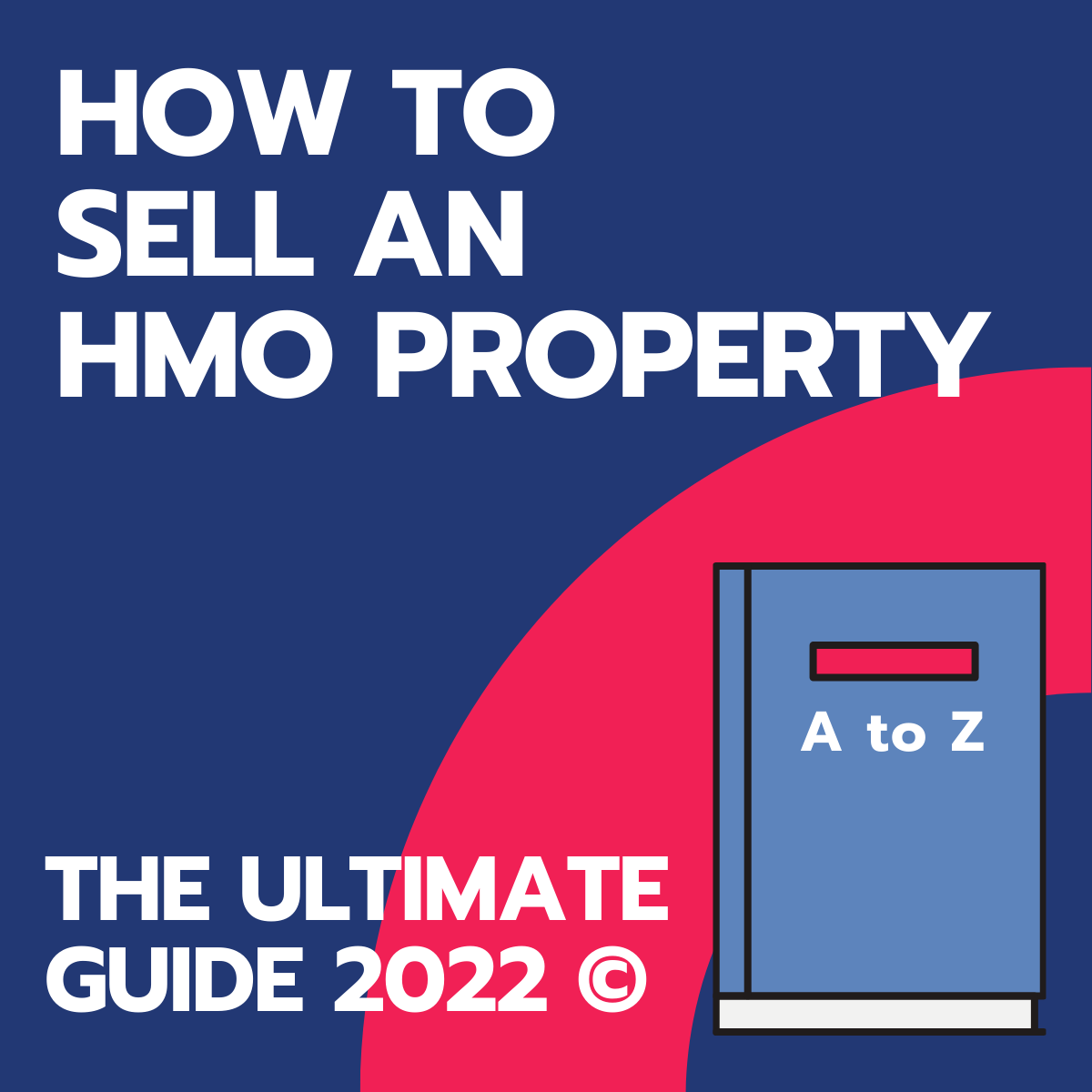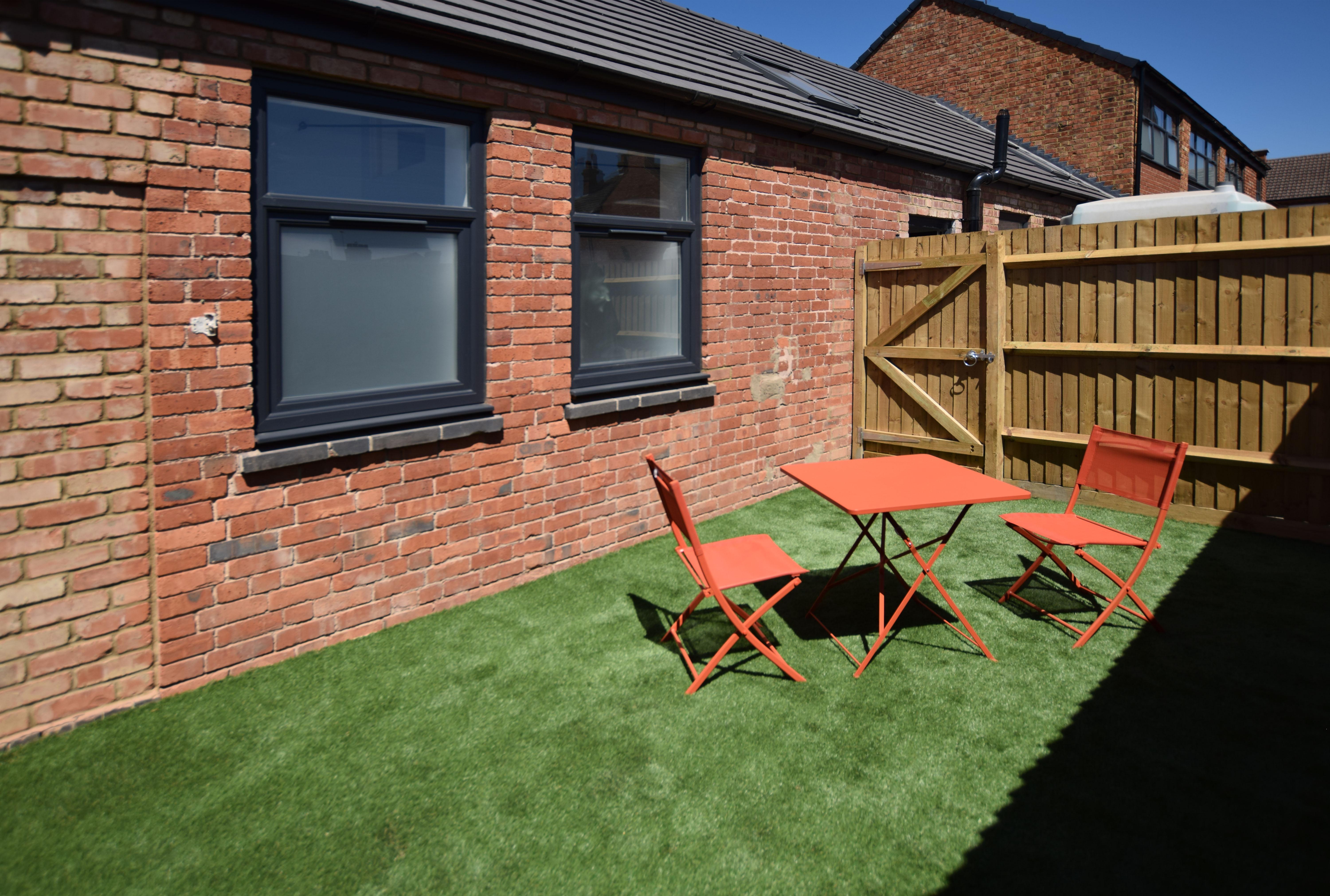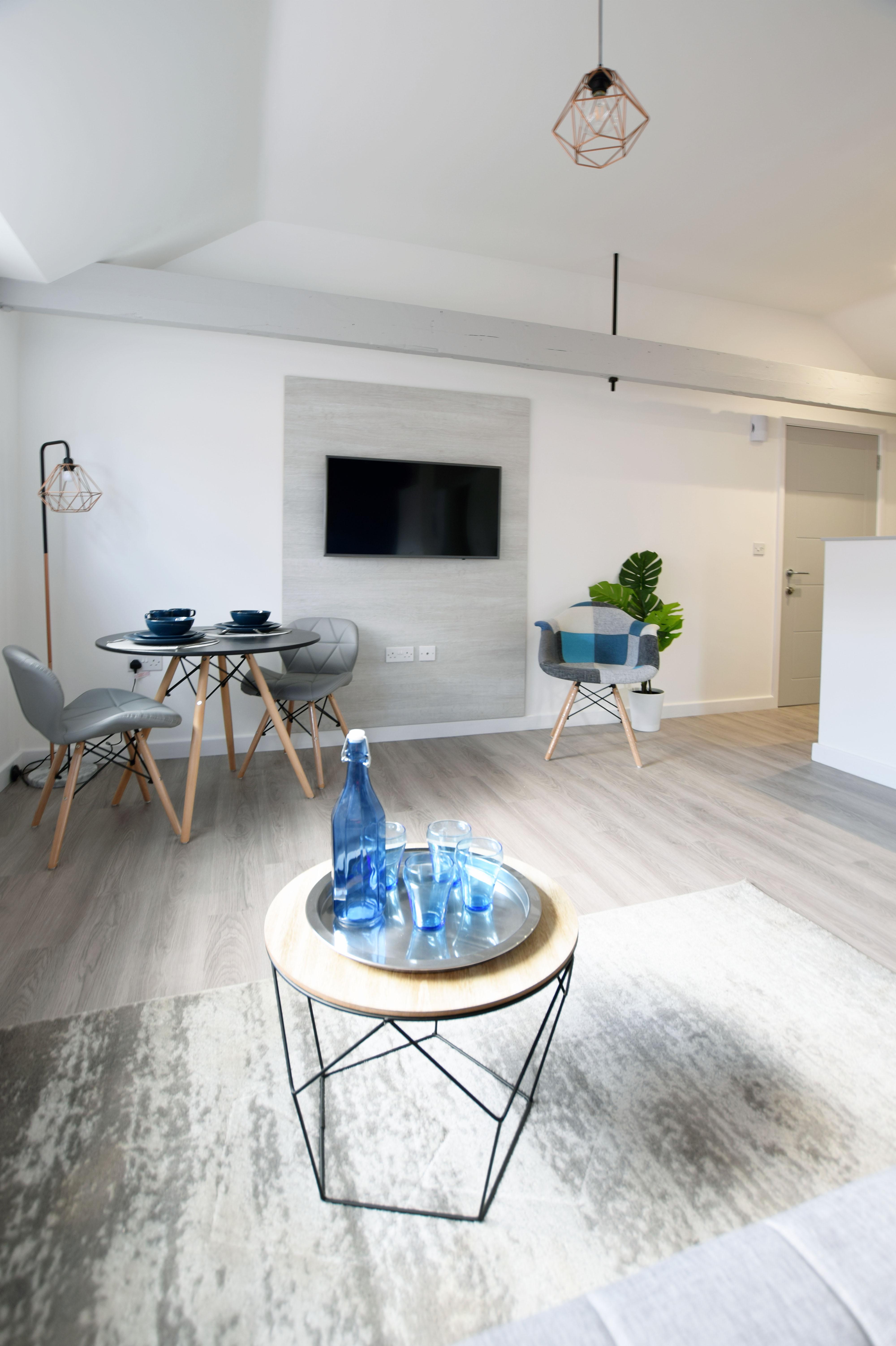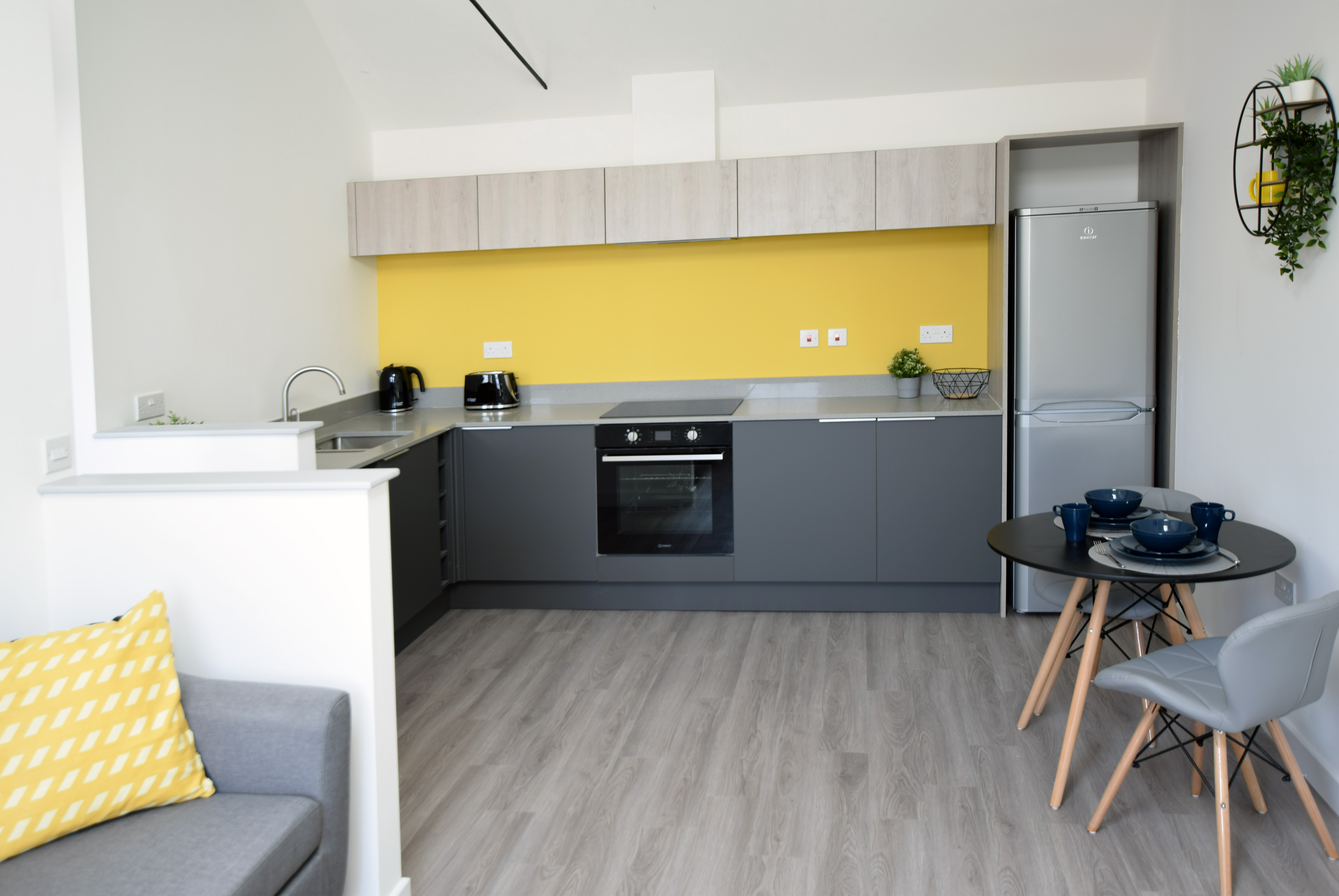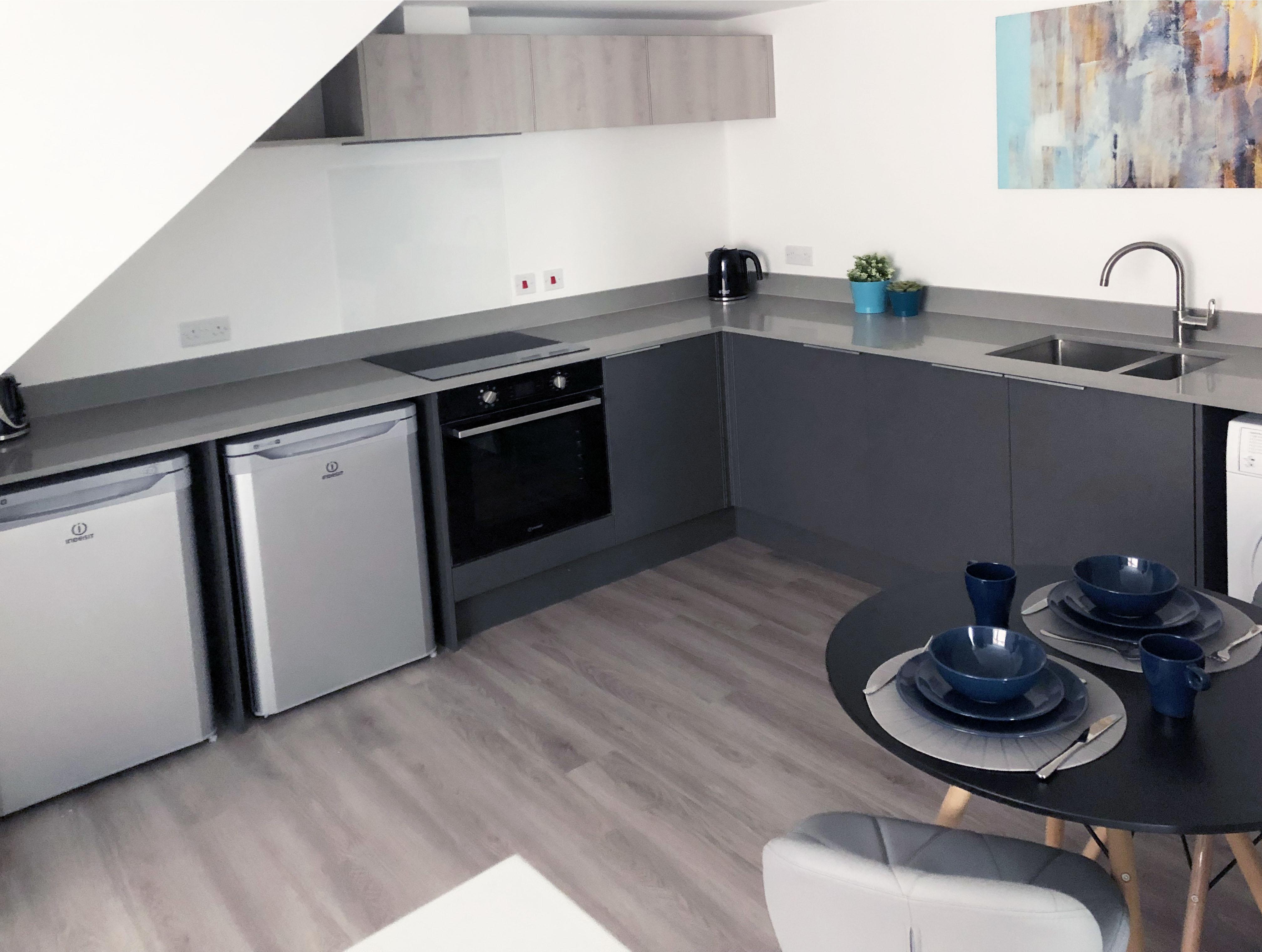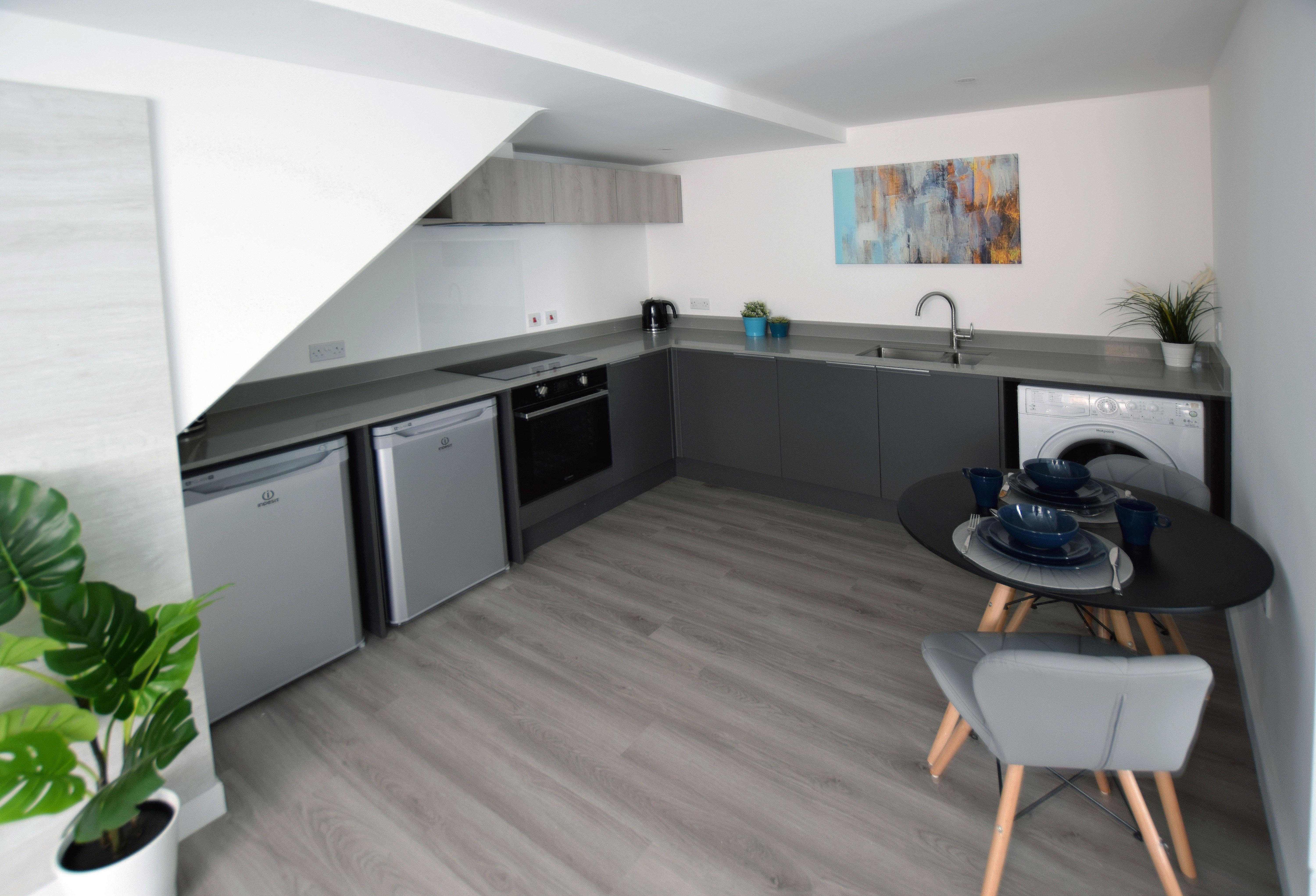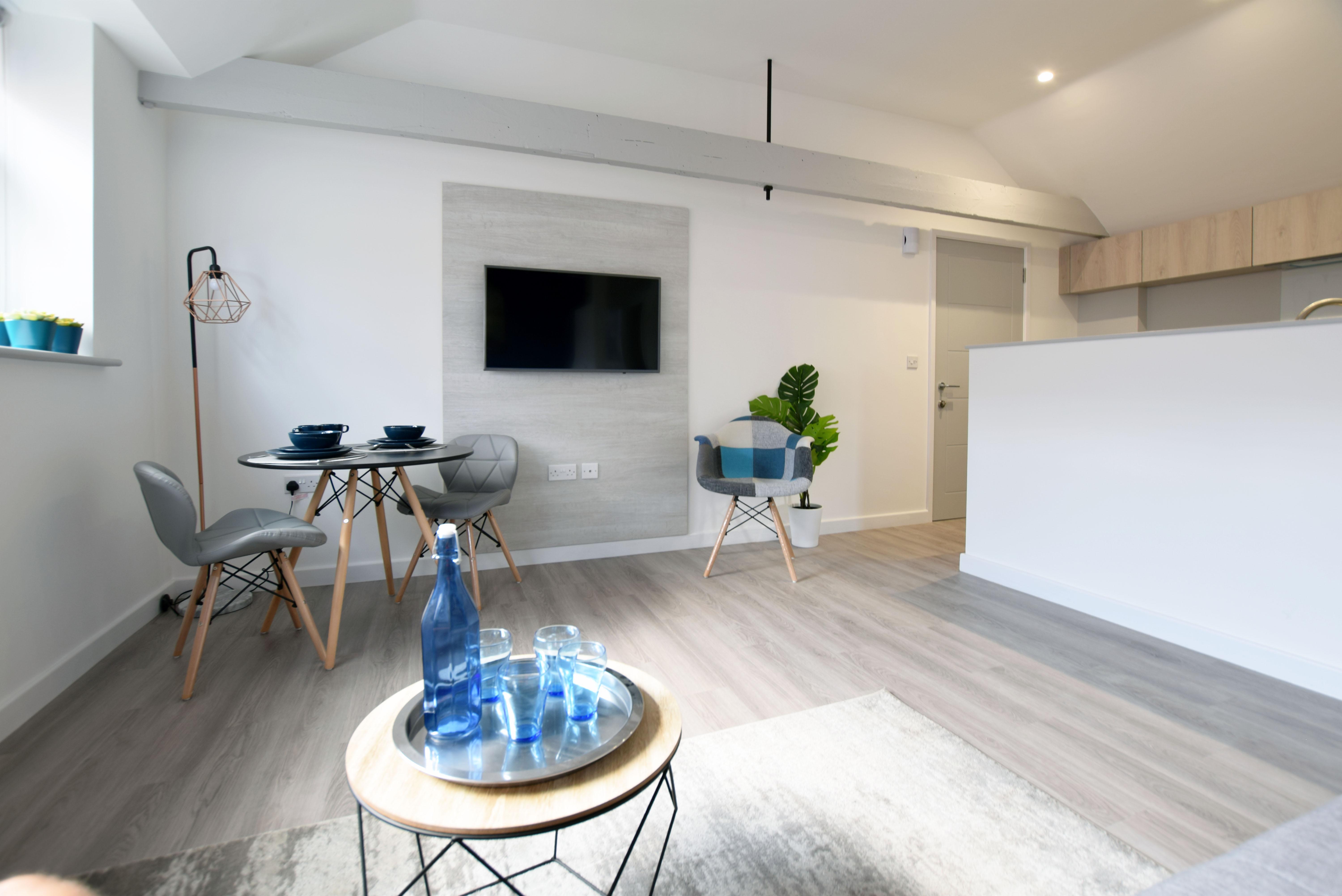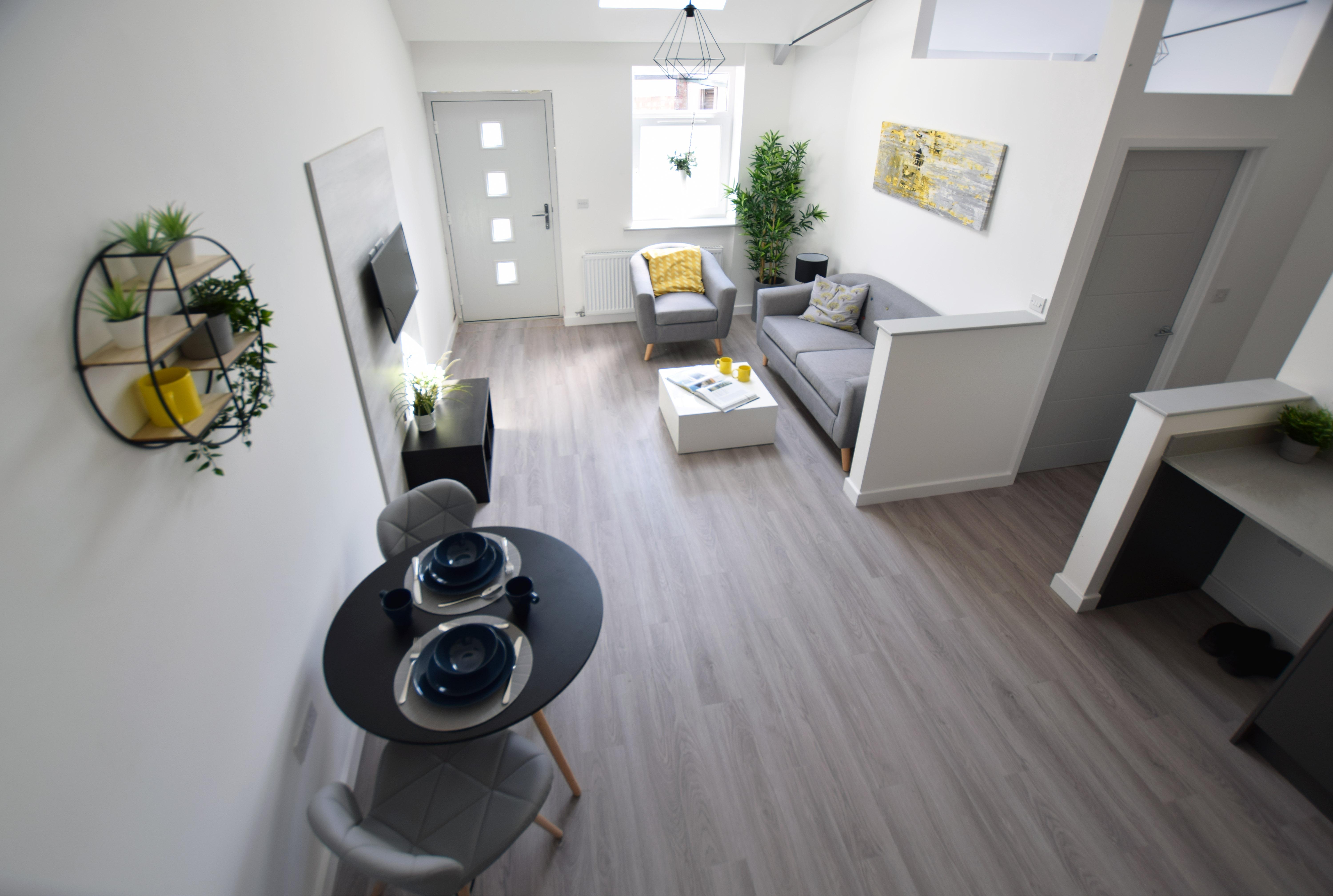SELL AN HMO PROPERTY
If you’re looking to sell HMO property or HMO property portfolio, then there are several factors you need to consider to enable you to extract the maximum value out of the HMO property in any given market.
Most landlords that own HMOs, have acquired them over many years and thus typically the properties are all in different conditions.
The page lays out the options and also gives some ideas of what to expect when looking to sell an HMO property.
If you are looking to sell an HMO portfolio, please click here for more information
